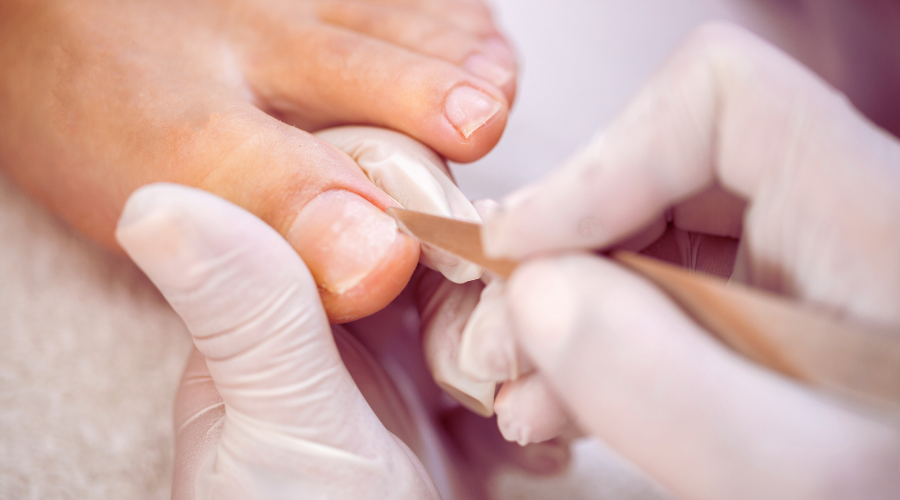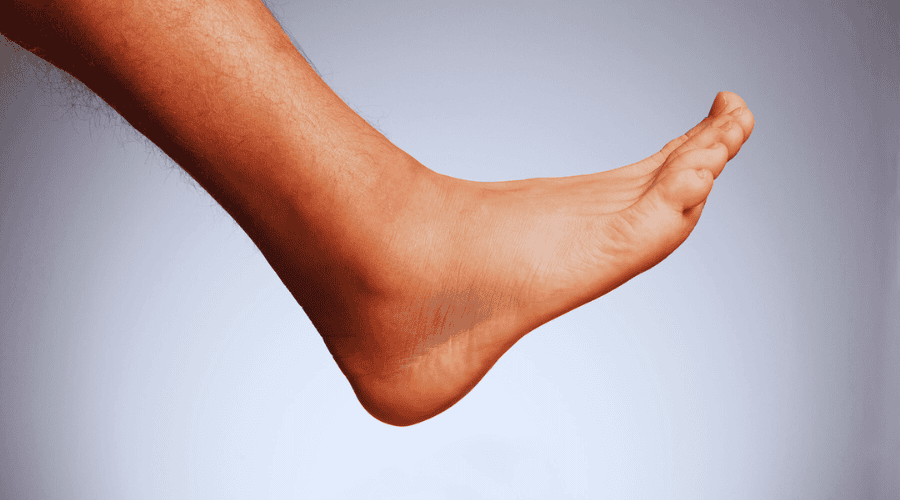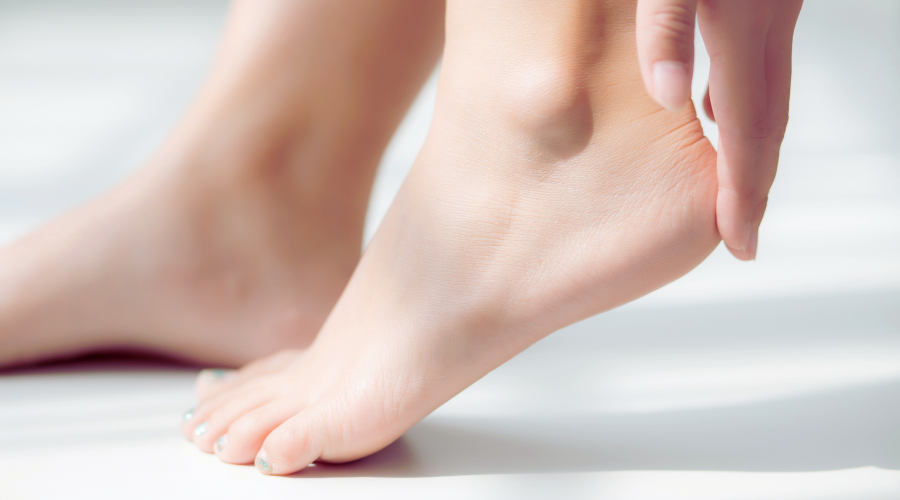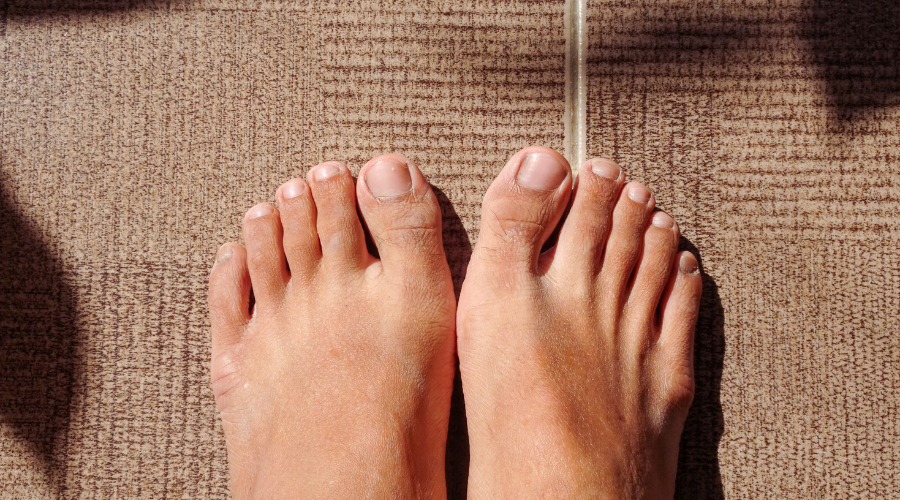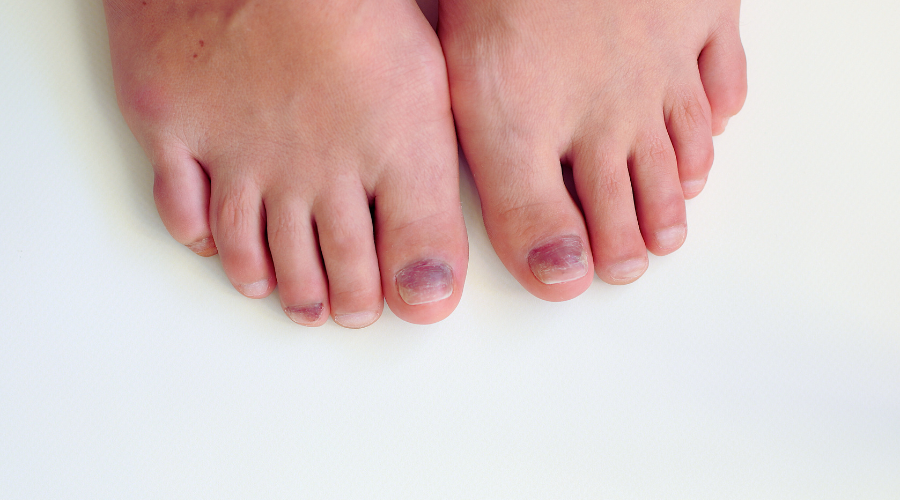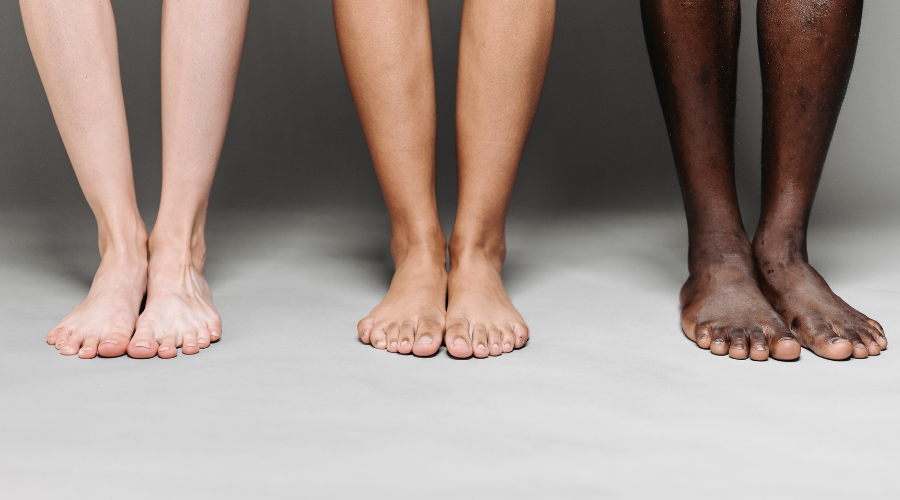Have your toenails turned yellow, thick, or crumbly? You’re likely dealing with onychomycosis, commonly known as toenail fungus.
I’ve treated countless fungal nail cases over the years. I know how frustrating it can be. Not only does it look unpleasant, but it can also cause discomfort and persist without proper care. Finding the best toenail fungus treatment for your situation makes all the difference.
Let’s explore what really works, based on clinical evidence rather than marketing claims. But first, let’s address an essential first step.
Before Any Treatment: Confirm Your Diagnosis
Get a medical examination and test before starting treatment. This step is non-negotiable.
Why testing matters:
- Not all yellow nails are fungal
- Different fungi need different treatments
- Without proper diagnosis, you’ll waste time and money
PCR testing offers the most accurate results by detecting fungal DNA. Traditional methods work too but take longer.

Now, let’s explore the top 5 best toenail fungus treatment options, ranked by effectiveness.
5. Topical Antifungal Medications
What: Medicated nail polishes, creams, and solutions (ciclopirox, efinaconazole, amorolfine).
Success rates: As a toenail fungus treatment, topicals show modest results – 30-54% mycological cure and only 5-17% complete cure.
Pros:
- Few side effects
- No drug interactions
- Safe for most patients
Cons:
- Poor nail penetration
- Daily use for 9-12 months
- Less effective alone
Bottom line: Toenails naturally block outside substances. Your toenail also needs to be less than 3mm thick for the topicals to absorb into the nail plate, so topicals tend to o work best for mild cases or combined with other treatments.
4. Laser and Light Therapies
What: Devices using light energy to target fungi
Success rates: Results vary widely between systems and studies.

Pros:
- No systemic effects
- No drug interactions
- Quick procedures
- Option for medication-sensitive patients
Cons:
- Expensive
- Multiple sessions needed
- Inconsistent long-term results
- Results vary by device
Bottom line: Consider lasers if you can’t take medications or other treatments have failed. The high cost and variable results make them less ideal as a first choice.
3. Professional Nail Debridement
What: A podiatrist removes infected nail material using specialized tools.
Success rates: Works best with other treatments – one study showed 76.7% cure rate when combined with topicals.
Pros:
- Instantly reduces fungal burden
- Improves medication penetration
- Enhances nail appearance
- Can reduce discomfort
Cons:
- Not effective alone
- Requires office visits
- Temporary solution
- Insurance coverage varies
Bottom line: Think of debridement as preparation. By removing infected material, medications can work better. It gives other treatments a head start.
2. Oral Antifungal Medications
What: Prescription pills like terbinafine, itraconazole, and fluconazole.
Success rates: Much higher than topicals – 70-80% with terbinafine and 60-70% with itraconazole.
Pros:
- Most effective single treatment
- Shorter treatment (3-6 months)
- Works even after stopping pills
Cons:
- Possible stomach issues
- Rare liver complications
- Drug interactions
- Not for everyone
Bottom line: Oral medications, especially terbinafine, remain the gold standard for moderate to severe cases. Just weigh the benefits against potential side effects.
1. Combination Therapy
What: Using multiple treatments together to attack the infection from different angles.
Success rates: Research shows that combination therapy is the best treatment for toenail fungus. It has much higher success rates than any single method.
Common combinations:
- Oral pills + topical solutions
- Debridement + medication
- Laser + antifungal medication
- Good foot hygiene with any treatment
Pros:
- Highest success rates
- May need lower drug doses
- Addresses both infection and appearance
- Better prevents recurrence
Cons:
- Higher cost
- More complex routine
- Requires professional guidance
Bottom line: Research shows combination approaches work best. By using different methods to target the fungus, you boost your chances of success. This can also lower treatment time and side effects.
Why Combination Therapy Works Best
The best toenail fungus treatment approaches use multiple methods together. Here’s why single treatments often struggle:
- Nails create a tough barrier that blocks medications
- Fungi can develop resistance to single treatments
- Reinfection happens easily without comprehensive care
Combination therapy solves these challenges:
- Debridement removes infected material
- Topicals then penetrate better
- Oral medications work from inside
- Good hygiene prevents reinfection
Don’t look for a single “miracle cure.” The most effective approach uses multiple strategies working together.
Frequently Asked Questions About Toenail Fungus Treatment
How long does it take for toenail fungus treatments to work?
Even the best toenail fungus treatment takes time. Complete results usually take 6-12 months as your healthy nail grows out. You might see improvement within 3-4 months of consistent treatment.
Are over-the-counter treatments effective?
Most OTC options have limited effectiveness alone. They might help mild cases or complement professional treatment, but rarely fix moderate to severe infections without medical help.
Can you permanently cure toenail fungus?
Yes, you can eliminate fungal infections with proper treatment. However, about 20-25% of successfully treated cases experience reinfection without good preventive care.
What happens if you leave toenail fungus untreated?
Untreated fungus can spread to other nails. It can cause permanent damage and lead to bacterial infections. This can create more serious problems for people with diabetes or weak immune systems.
The Bottom Line
The best approach to treating toenail fungus involves:
- Getting properly diagnosed first
- Using multiple treatments together
- Addressing factors like footwear and hygiene
- Following preventive steps to avoid recurrence
Remember, treating toenail fungus takes time. Even with the best toenail fungus treatment available, you’ll need patience as your healthy nail grows out.
Don’t waste money on unproven remedies. See a podiatrist who can:
- Confirm your diagnosis with accurate testing
- Create a personalized treatment plan
- Monitor your progress and adjust as needed
With the right approach, you can overcome fungal nails and enjoy healthier feet again.
How We Can Help at The Foot Hub
At The Foot Hub, we offer comprehensive fungal nail solutions, including:
- Advanced PCR testing for accurate diagnosis
- Professional nail debridement
- Prescription-strength topicals
- GP referral letter for oral medication
- Laser treatment options
- Customized combination therapy
Our podiatrists create personalized treatment plans based on your specific infection, nail condition, and health circumstances.
Ready to tackle your nail fungus with treatments that actually work? Book an appointment at one of our Sydney locations today.
 About the Author: This article was written by Dr. Rudo Makuyana, a senior podiatrist with over 10 years of experience practicing in Sydney, Australia. Specializing in nail conditions and foot health, Dr. Makuyana has treated thousands of patients with toenail concerns and is passionate about providing accurate information and effective treatment options.
About the Author: This article was written by Dr. Rudo Makuyana, a senior podiatrist with over 10 years of experience practicing in Sydney, Australia. Specializing in nail conditions and foot health, Dr. Makuyana has treated thousands of patients with toenail concerns and is passionate about providing accurate information and effective treatment options.
